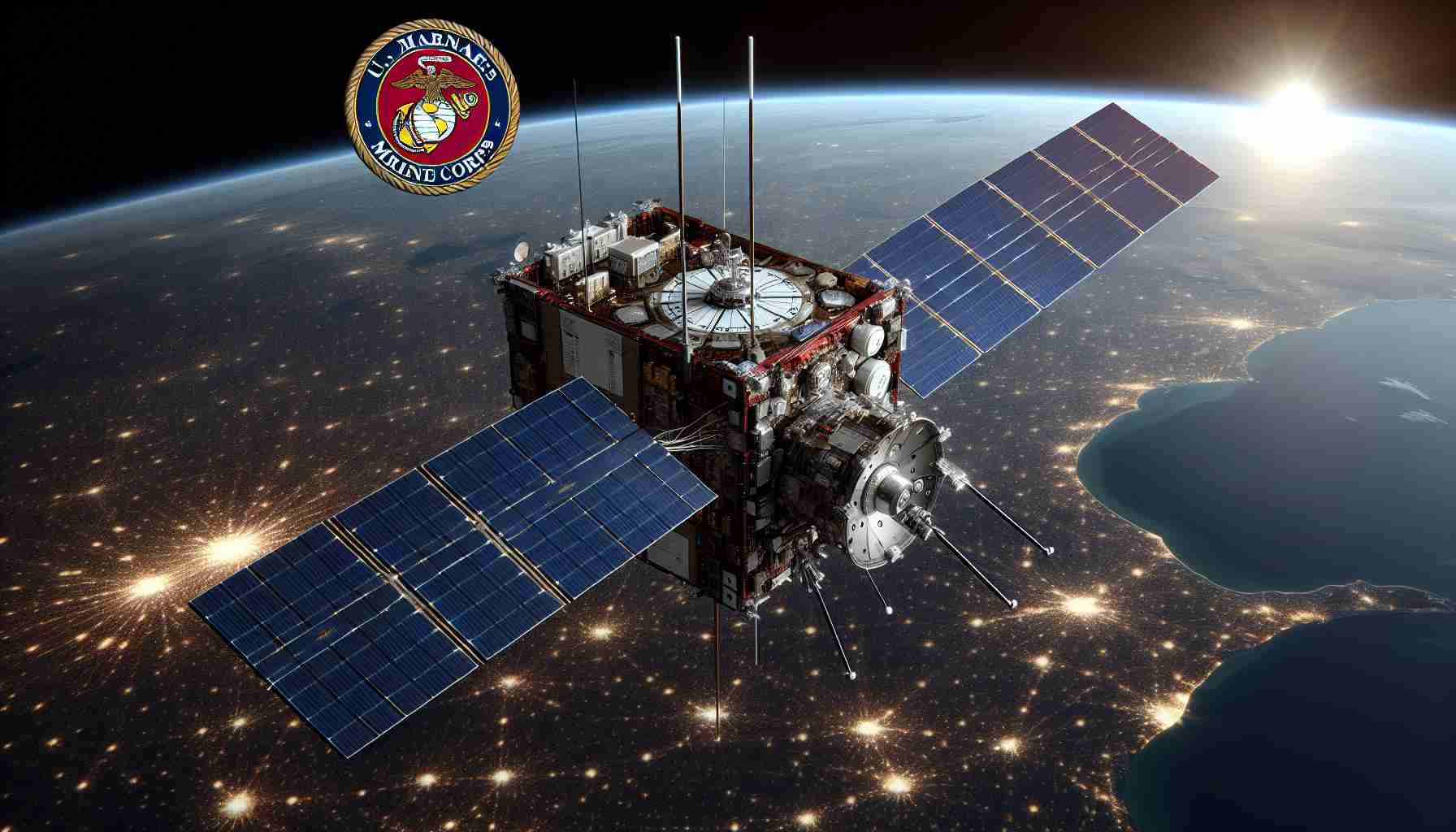
The first Viasat-3 satellite has officially commenced its operational services, marking a significant step in military communications. Recently, it was reported that the satellite has started supporting the U.S. Marine Corps, specifically through the Marine Wing Communications Squadron 38 (MWCS-38) and the 3rd Marine Littoral Regiment.
MWCS-38 plays a pivotal role in providing communications support for the Aviation Combat Element within the Marine Air Ground Task Force. Utilizing existing multi-mission terminals, this squadron can now access the services provided by the Viasat-3 satellite, significantly enhancing their communication capabilities.
Meanwhile, the 3rd Marine Littoral Regiment, based in Hawaii, is leveraging the Viasat-3 capabilities to facilitate their mission and reconnaissance communication efforts. Viasat had previously secured a contract with the Marine Corps for managed satellite communication services following a successful pilot program.
This achievement comes despite earlier challenges with the satellite, which initially faced an anomaly, limiting its capacity. However, service to aviation clients in North America and Hawaii began in August. The satellite network is designed to meet the specific needs of government missions, featuring advanced technologies such as dynamic bandwidth allocation, enhanced encryption, and robust anti-jamming features.
Viasat also noted that two additional Viasat-3 satellites are currently in the final stages of production and testing, promising further advancements in satellite communication technology.
Viasat-3 Satellite Marks New Era in Military Communications for U.S. Marine Corps
The operational commencement of the Viasat-3 satellite heralds a transformative period in military communications, particularly for the U.S. Marine Corps. With its advanced capabilities, this satellite aims to bolster operational efficiency and communication security for the Marine Corps, especially through the Marine Wing Communications Squadron 38 (MWCS-38) and the 3rd Marine Littoral Regiment.
Key Questions and Answers
1. What are the technological advancements of the Viasat-3 satellite?
– The Viasat-3 satellite utilizes high-capacity bandwidth, dynamic bandwidth allocation, and military-grade encryption. This technology allows for more reliable communications in various operational environments, which is crucial for mission success.
2. How does the Viasat-3 satellite improve operational capabilities?
– The satellite supports high-definition video feeds and real-time data sharing, which are essential for intelligence, surveillance, and reconnaissance missions. This leads to more efficient decision-making on the battlefield.
3. What are the potential challenges in utilizing the Viasat-3 satellite?
– One significant concern is the dependency on satellite communication, which can be vulnerable to electronic warfare tactics, including jamming attempts. While Viasat has implemented anti-jamming technologies, the effectiveness of these measures in varied operational scenarios remains a critical area of analysis.
Advantages and Disadvantages
Advantages:
– Enhanced Communication: The Viasat-3 satellite offers a robust communication infrastructure, allowing Marines to maintain contact in remote and challenging environments.
– Increased Security: With enhanced encryption and anti-jamming features, the satellite promises a secure communication channel, crucial for national security operations.
– Scalability: The technology can be scaled to accommodate mission changes, thereby providing flexibility in communication resources.
Disadvantages:
– Vulnerability to Cyber Threats: Despite advanced security features, the system could be susceptible to cyber-attacks, risking operational integrity.
– Infrastructure Dependency: Heavy reliance on satellite technology may pose a risk if the satellite system faces malfunctions or adversarial attacks.
– Initial Costs: The implementation of the Viasat-3 satellite entails significant investment, which could impact budgets allocated for other military readiness programs.
Future Implications
With two additional Viasat-3 satellites entering the final phases of production, the Marine Corps can expect continued improvements in communication capabilities. This evolution in military communication facilities holds the potential to enhance joint operations and coordination with other branches of the military and allied forces.
Conclusion
The integration of the Viasat-3 satellite into the operational framework of the U.S. Marine Corps marks a critical advancement in military communications. While the technology presents numerous benefits, it also poses distinct challenges that military leaders must address to ensure the effectiveness of their communication strategies in modern warfare.
For more information on military communications and satellite technologies, visit Viasat.



